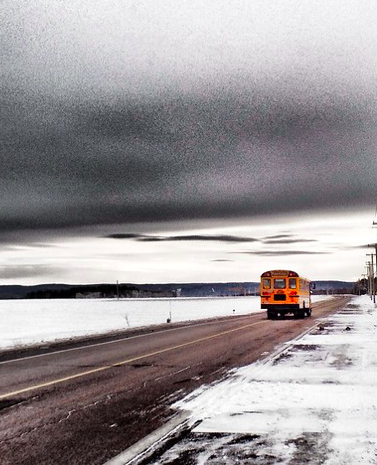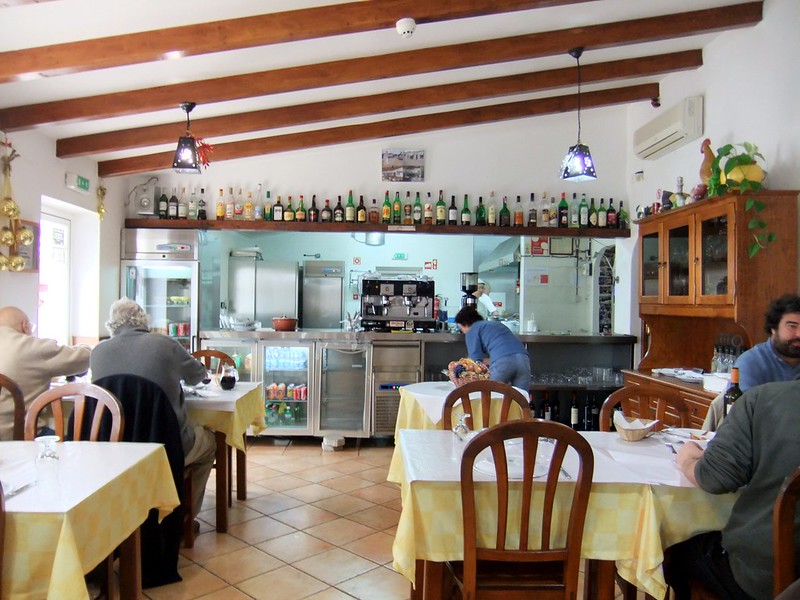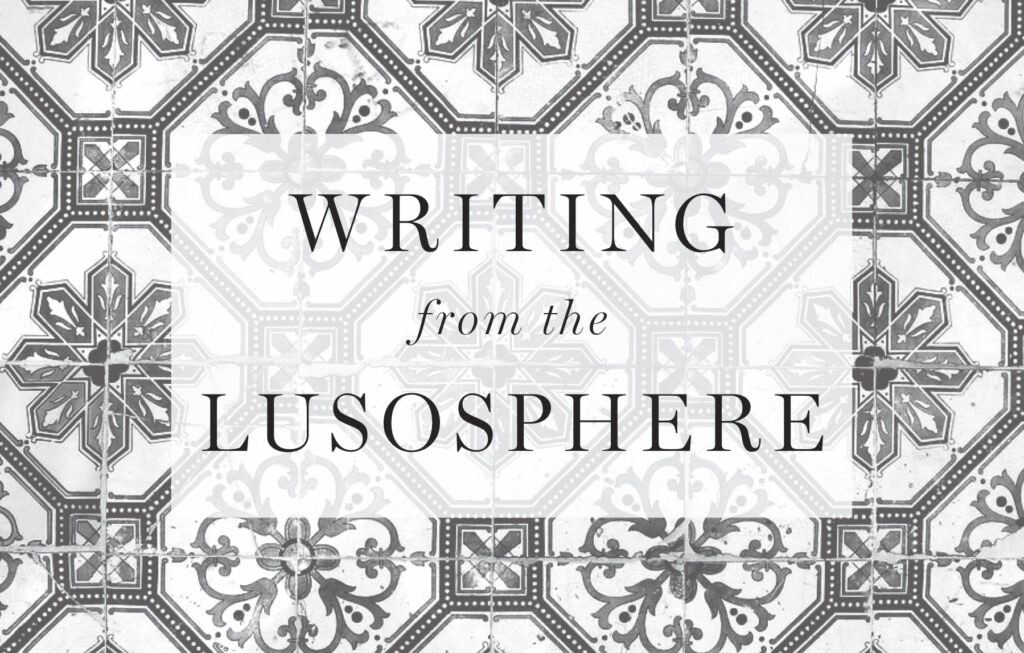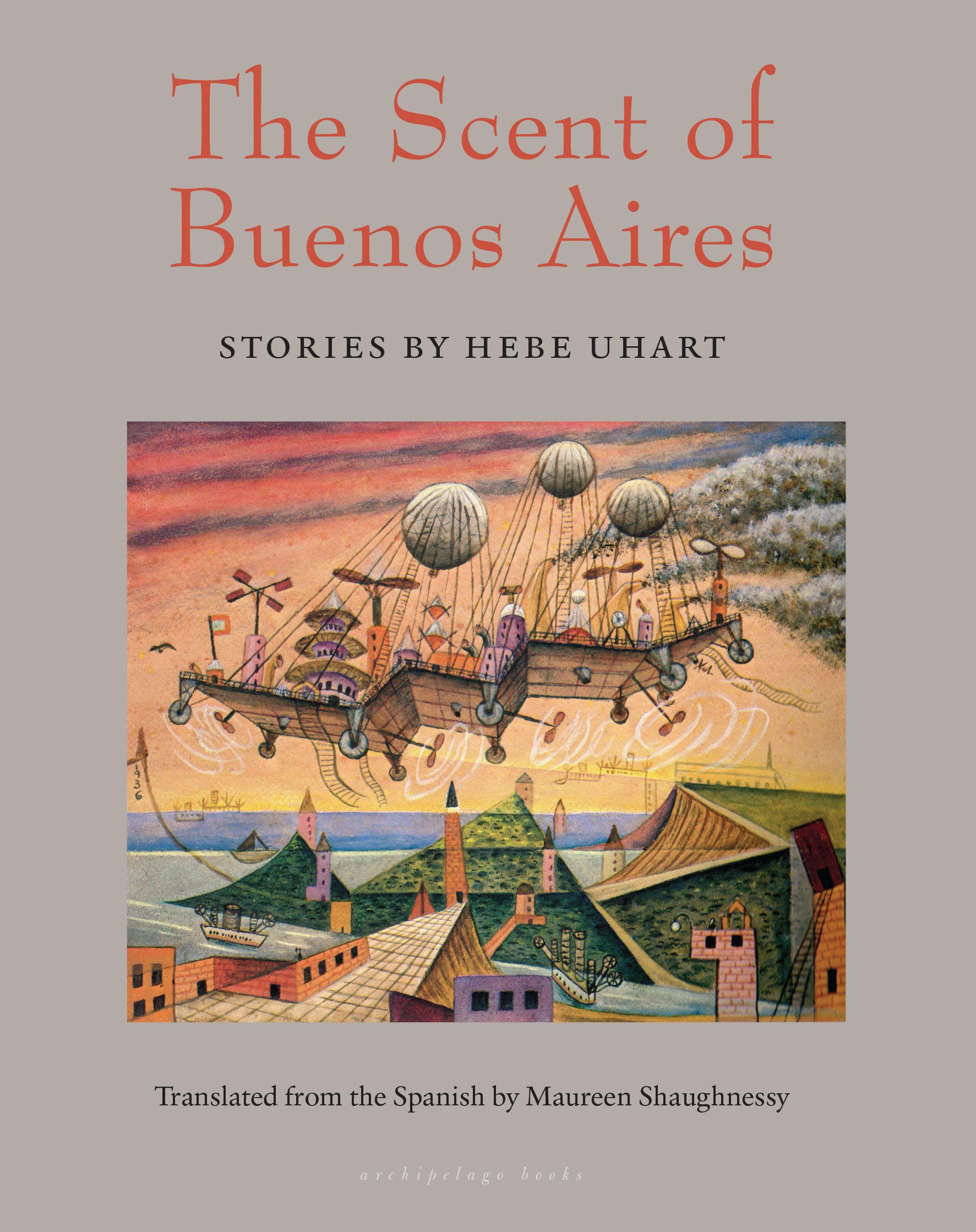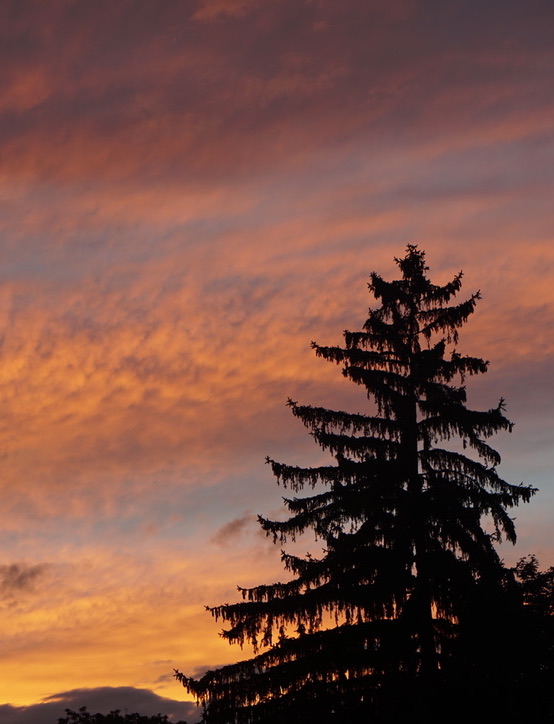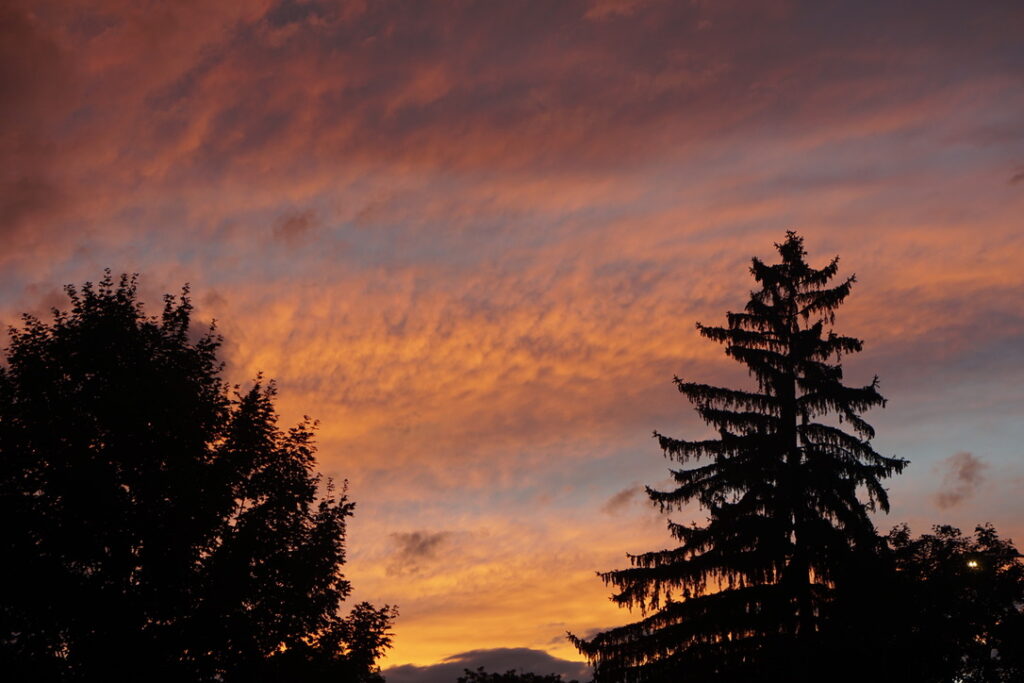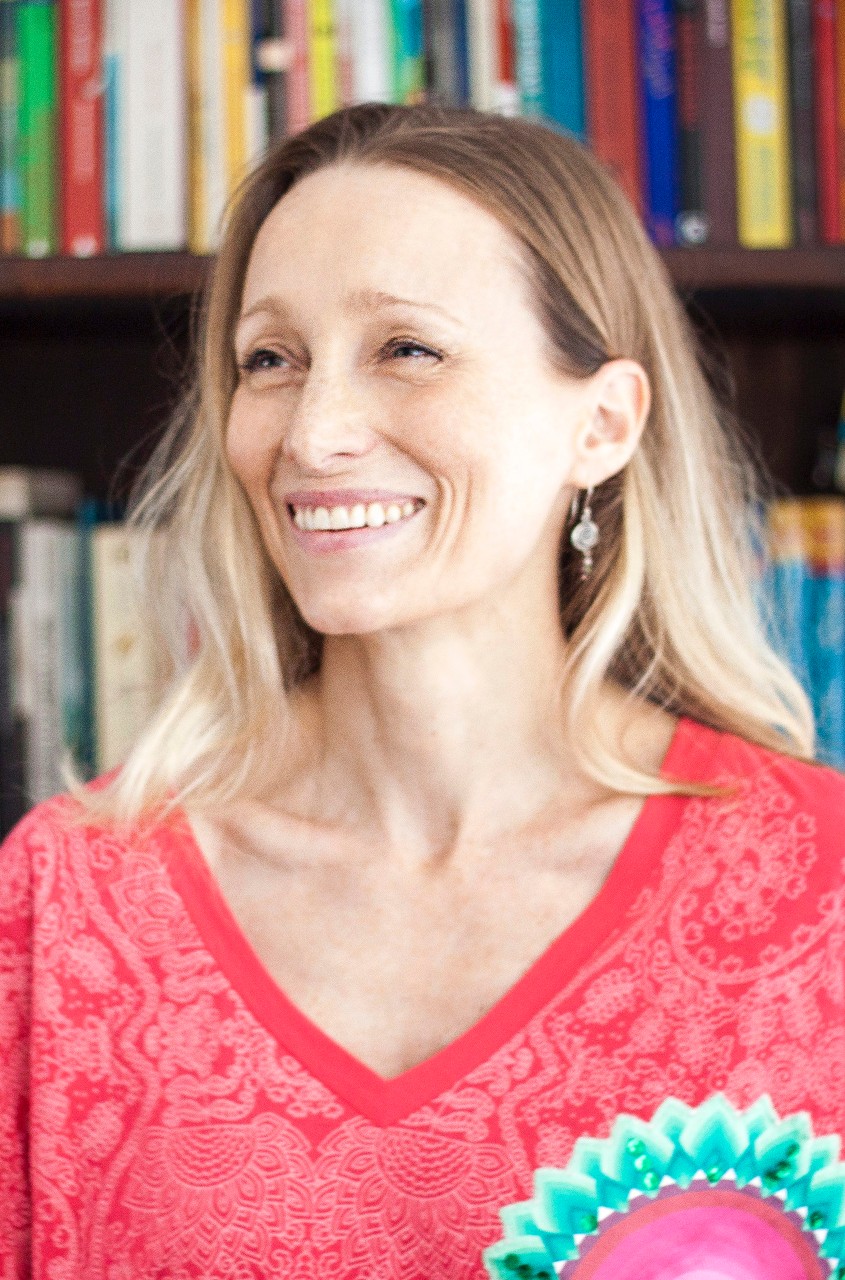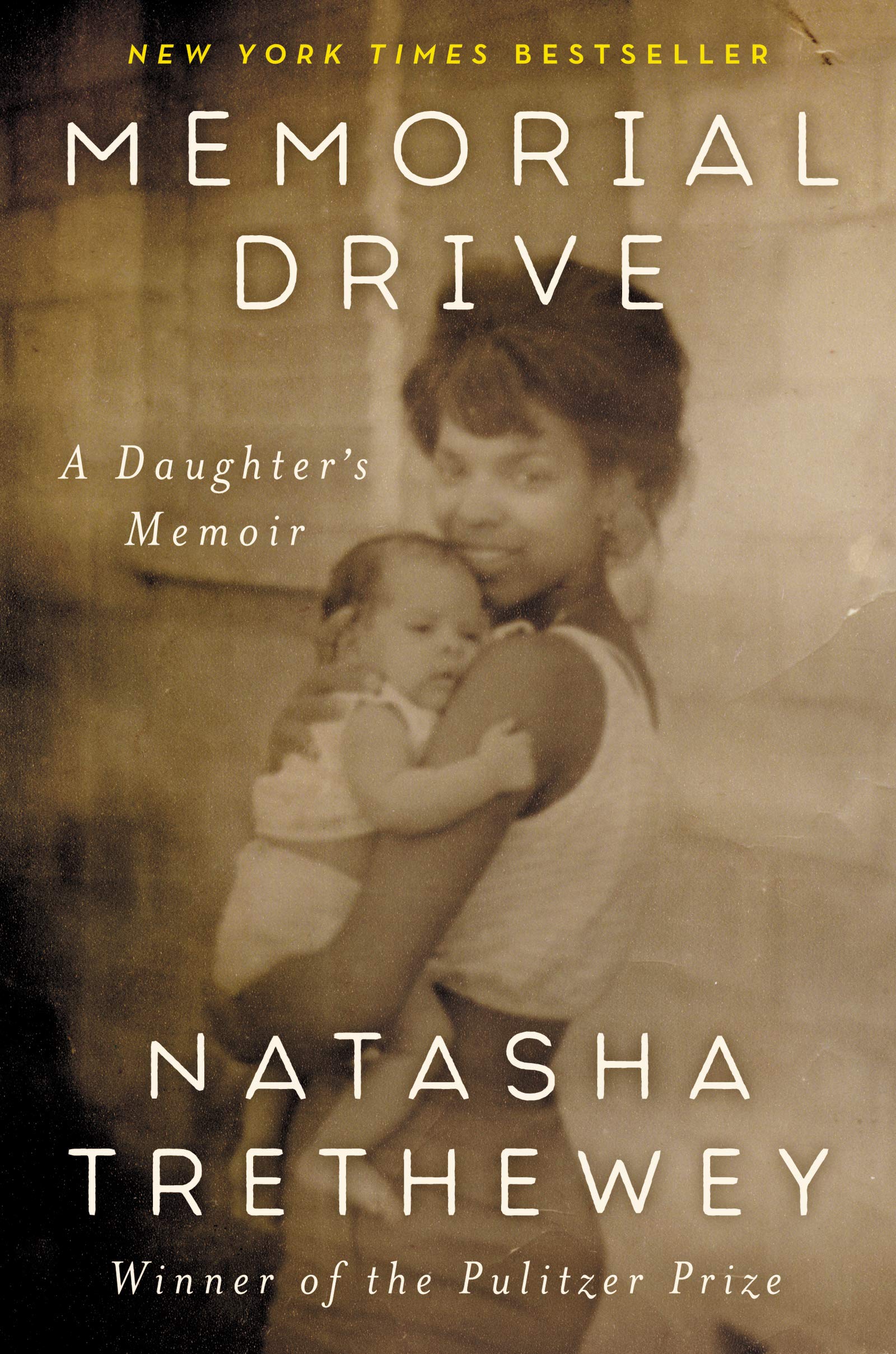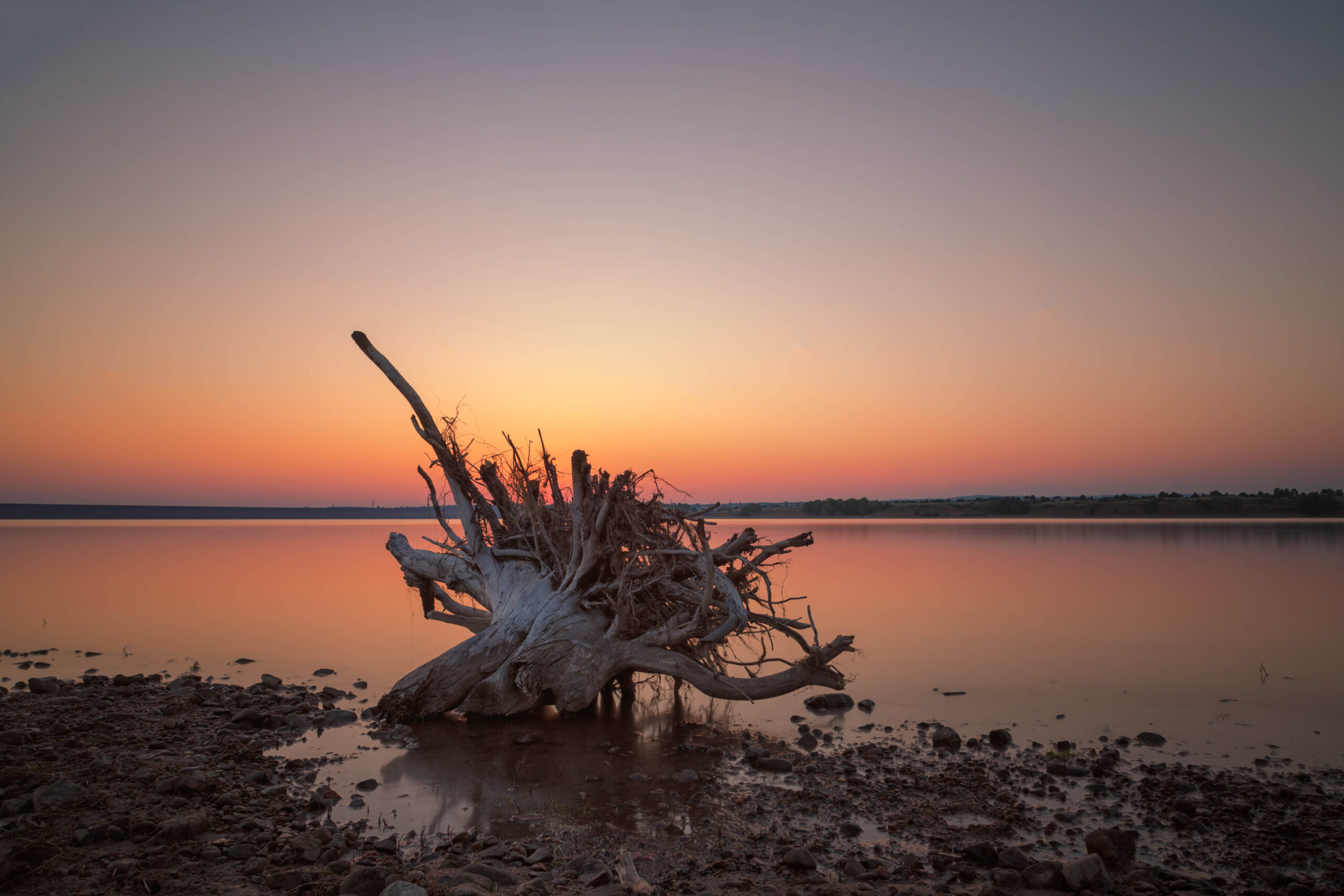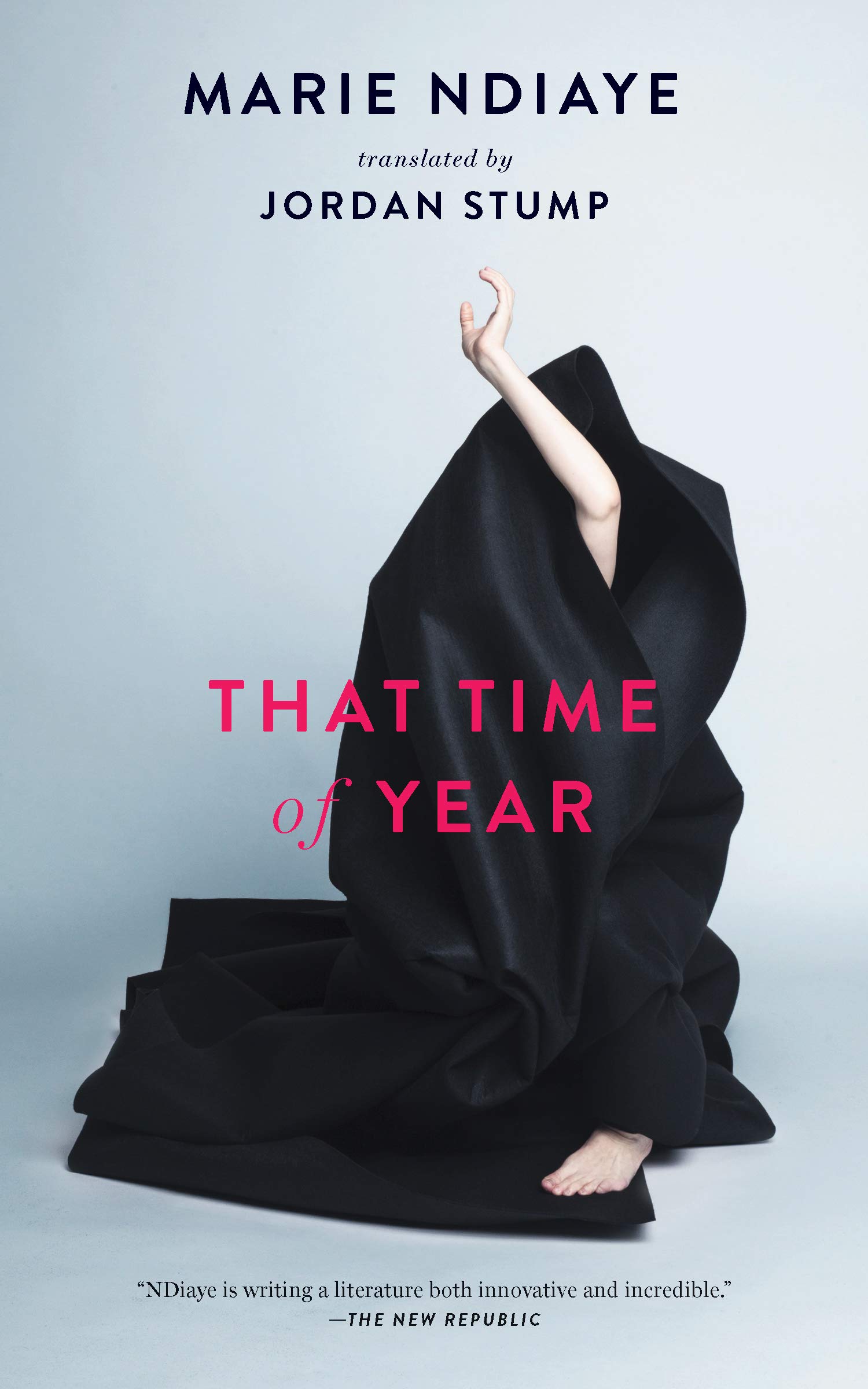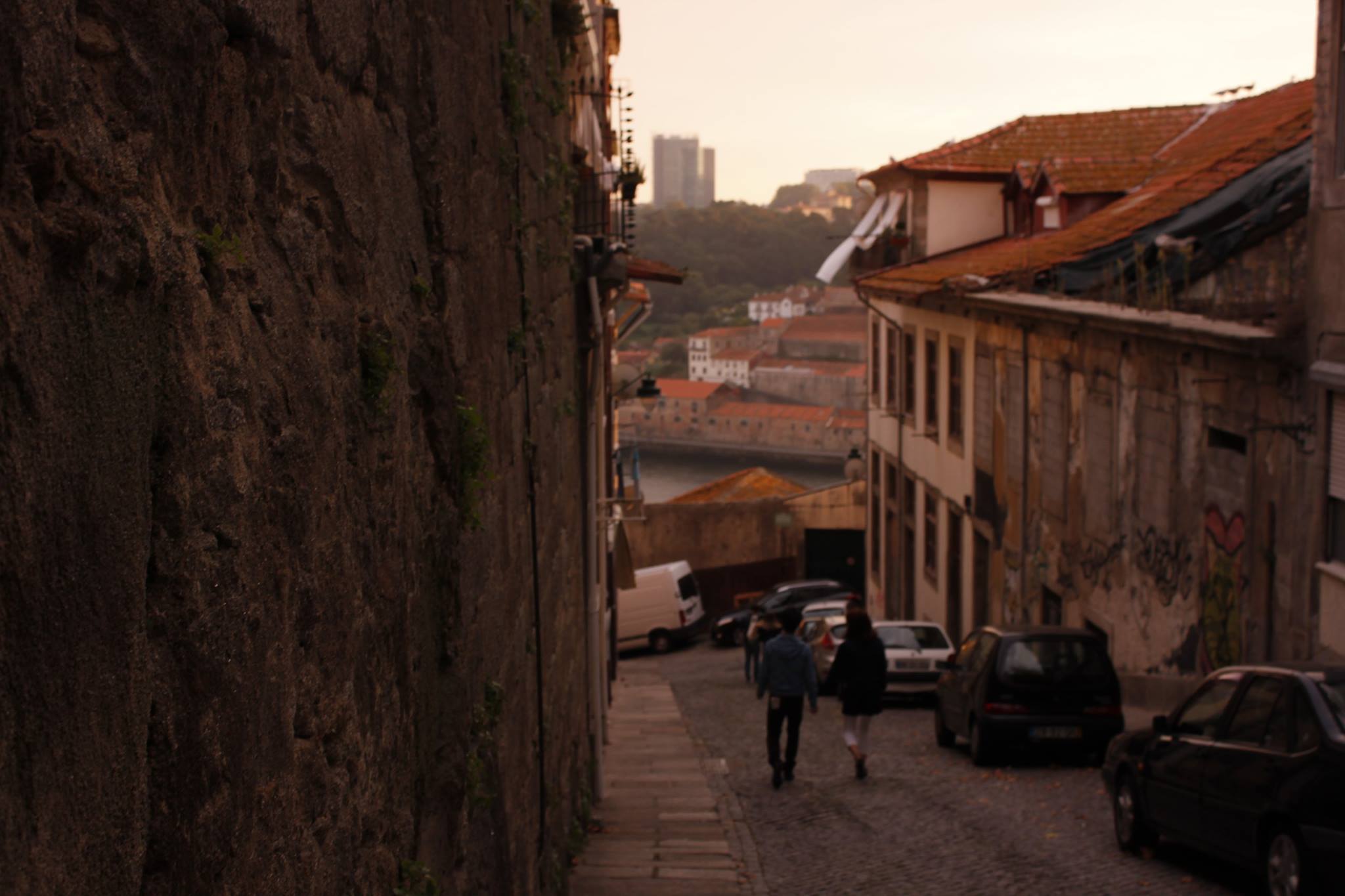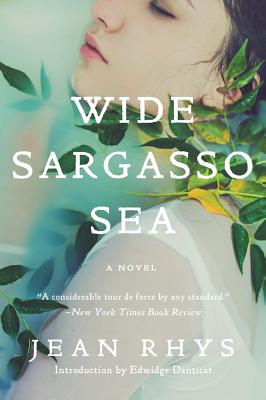We are happy to welcome DAVID LEHMAN back to our pages.
The Complete History of the Boy
1.
The baby giggled in his crib.
His father walked in. “Why are you laughing?”
“Because,” the baby said, “we all have our joy.”
It was his first sentence.
When the baby had his own bed,
he said children are luckier than grownups
because they get to sleep in their own bed
while grownups have to share.
At four he was asked what he wanted
to be when he grew up. “Santa Claus,” he said.
That was Thanksgiving. By January he thought better of it.
“I never want to be a grown-up because
that would be the end of me.”
It was the age of the aphorism:
“Candles are statues that burn for the ceremony.”
“Saliva is the maid of your mouth.” (It cleanses it.)
